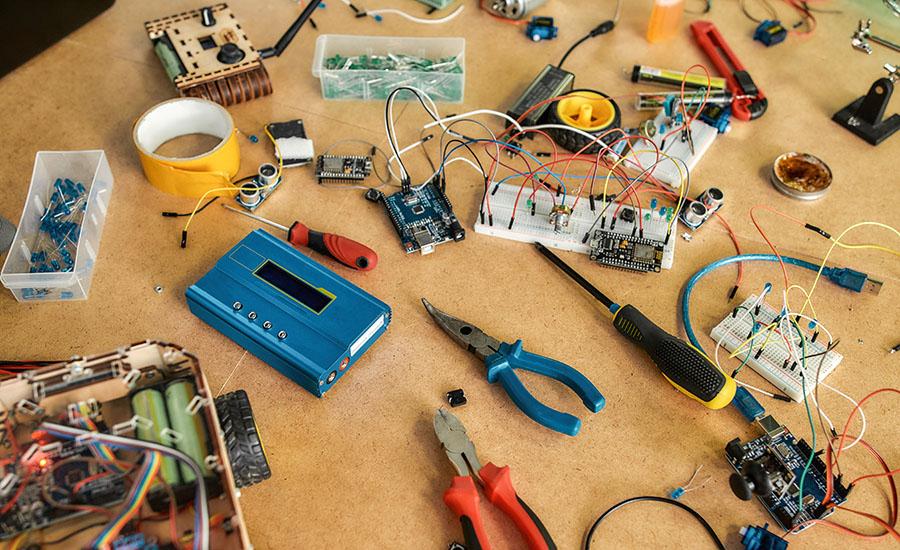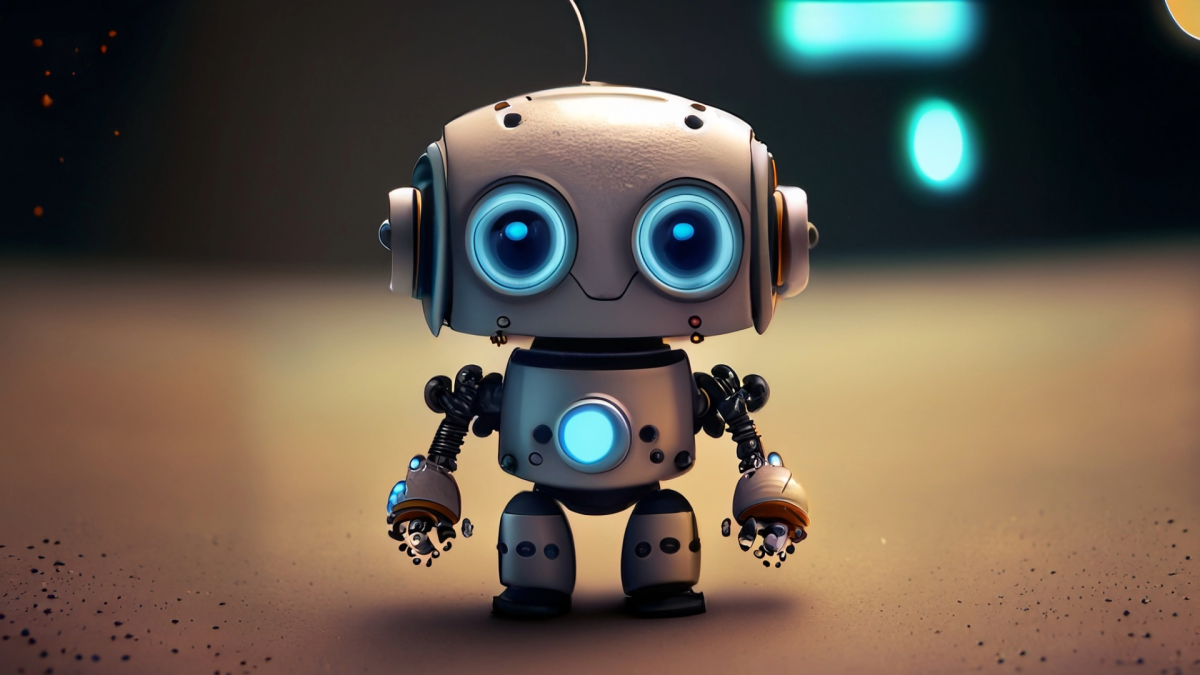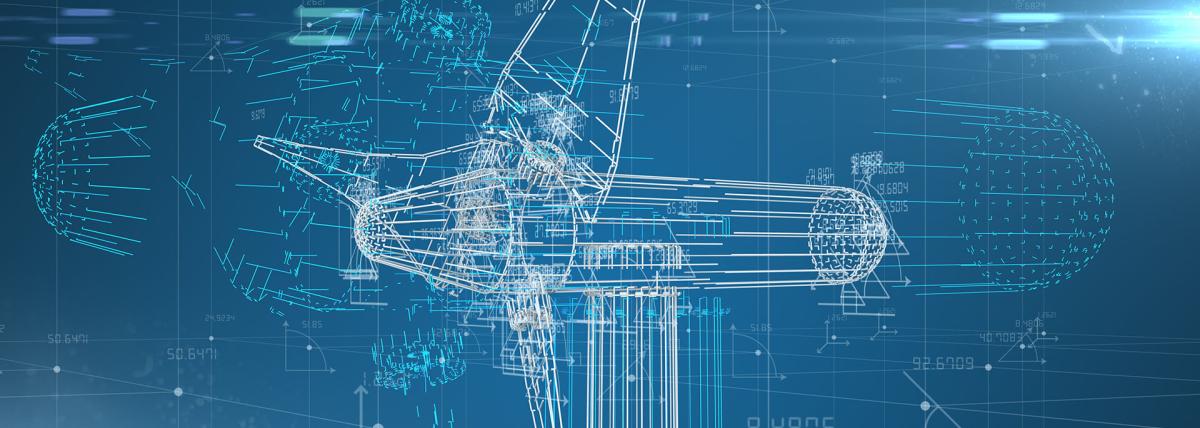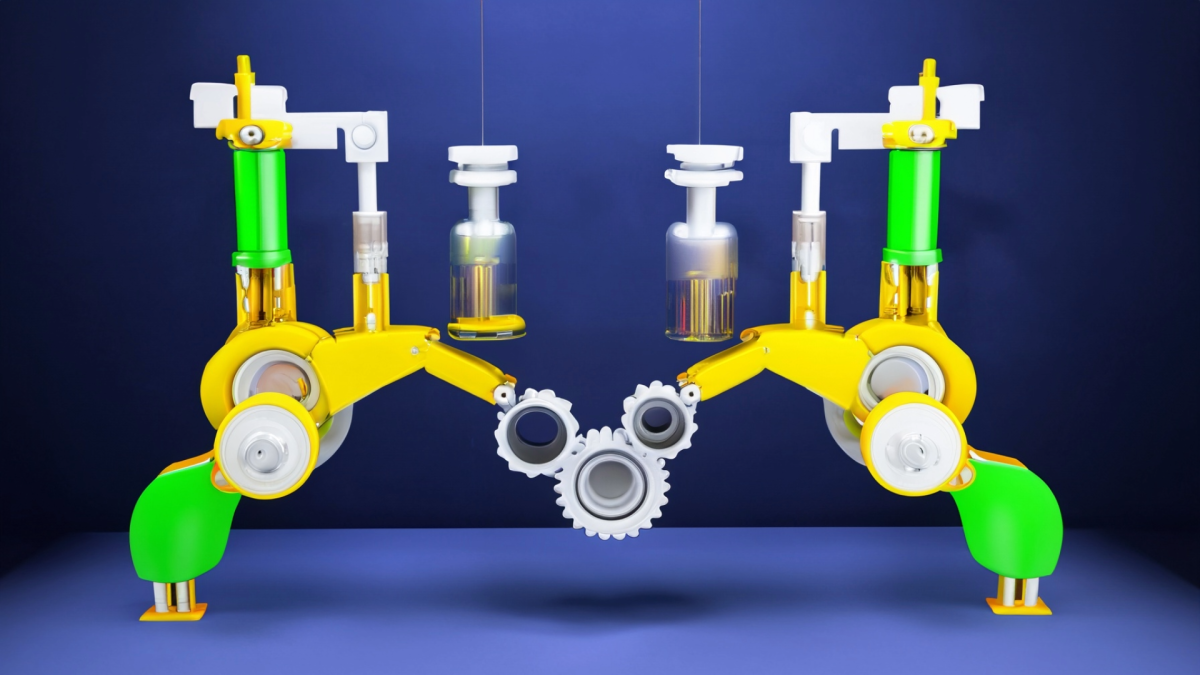
Using the Engineering Design Process, students will design and create a marble maze out of cardboard and cardstock, making sure to include all the required elements. They will then create an air

Using the Engineering Design Process, students will design and create a marble maze out of cardboard and cardstock, making sure to include all the required elements. They will then create an air

This STEM lesson is all about foam gliders, aerodynamics, and the engineering design process. Students will explore flight through foam gliders and then use what they learn to plan and construct their

Students will use empty soda bottles and a heat lamp to model the greenhouse effect that is essential for life on Earth. They will collect data and use it to create a graph of their findings.

ArtBot is an innovative educational tool designed to introduce students to the fascinating world of electric and magnetic interactions through the medium of art. This unique robot is equipped with

A thermos is a must-have device for anyone who wants to enjoy hot or cold beverages on-the-go. It is a simple yet ingenious invention that utilizes scientific principles to keep our drinks at the

This is the first lesson in a series of four that are designed to help guide students to design and implement their own independent STEM research project.

Students will create flying helicopter models to change the movement and motion by changing different variables. Changing the movement of an object requires a net force to act upon it. This lesson

This lesson is designed for students to conduct research in teams to create the best catapult that can launch a mini dog bone the farthest. Students use the engineering design process to create their

This lesson is intended to be the second lesson within a series. After the first lesson, exploring the transfer of power within a system, Students utilize this lesson, lesson 2, to explain how and